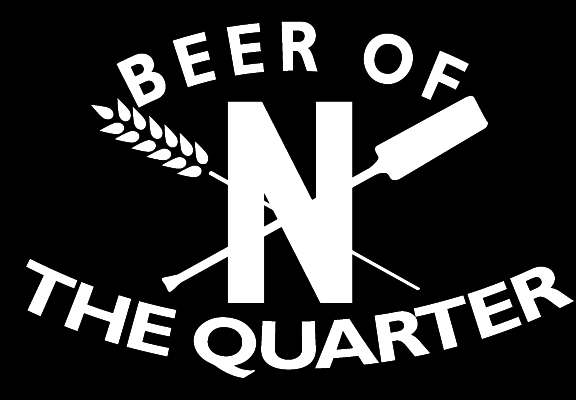Finally, for our December meeting we’ll visit Scotland to sample the historical Scottish Ale styles. A general description and links to the sub-styles are below.
14. Scottish Ale
There are really only three traditional beer styles broadly available today in Scotland: the 70/- Scottish Heavy, the 80/- Scottish Export, and the Strong Scotch Ale (Wee Heavy, Style 17C). The 60/- Scottish Light is rare and often cask-only, but it does seem to be having a bit of a renaissance currently. All these styles took modern form after World War II, regardless of prior use of the same names. Currently, the 60/- is similar to a dark mild, the 70/- is similar to an ordinary bitter, and the 80/- similar to a best or strong bitter. The Scottish beers have a different balance and flavor profile, but fill a similar market position as those English beers.
The Light, Heavy, and Export beers have similar flavor profiles, and are often produced through the parti-gyling process. As gravity increases, so does the character of the beer. Traditional ingredients were dextrinous pale ale malt, corn, dark brewing sugars, and brewers caramel for coloring. Modern (post-WWII) recipes often add small amounts of dark malt and lower percentages of crystal malt, along with other ingredients like amber malt and wheat. Scottish brewers traditionally used single infusion mashes, often with underlet mashes and multiple sparges.
In general, these Scottish beers are weaker, sweeter, darker, lower in attenuation, and less highly hopped compared to equivalent modern English beers. They are produced using slightly cooler fermentation temperatures than their counterparts. Many of these differences have been exaggerated in popular lore; they are noticeable, but not huge, yet enough to affect the balance of the beer, and to perhaps indicate a national flavor preference. The balance remains malty and somewhat sweet due to higher finishing gravity, lower alcohol, and lower hopping rates. Many of these divergences from English beer took place between the late 1800s and the mid-1900s.
Production methods championed by homebrewers, such as kettle caramelization or grists heavy in a variety of crystal malts, are not commonly used in traditional products but can approximate those flavors when traditional ingredients aren’t available. The use of peat-smoked malt is not only completely inauthentic, it produces a dirty, phenolic flavor inappropriate in any of these styles. Smoked versions (using any type smoke) should be entered in 32A Classic Style Smoked Beer.
The use of ‘shilling’ (/-) designations is a Scottish curiosity. Originally it referred to the price of beer in hogshead casks, which in no way could be constant over time. Shillings aren’t even used as a currency now in Scotland. But the name stuck as a shorthand for a type of beer, even if the original meaning stopped being the real price during WWI. About all it means now is that larger numbers mean stronger beers, at least within the same brewery. Between the world wars, some breweries used the price per pint rather than shillings (e.g., Maclay 6d for 60/-, 7d for 70/-, 8d for 80/-). Confusingly, during this time 90/- pale ale was a low-gravity bottled beer. Curious, indeed.
BJCP 2021 Style Guide
- 14A. Scottish Light
- 14B. Scottish Heavy
- 14C. Scottish Export

